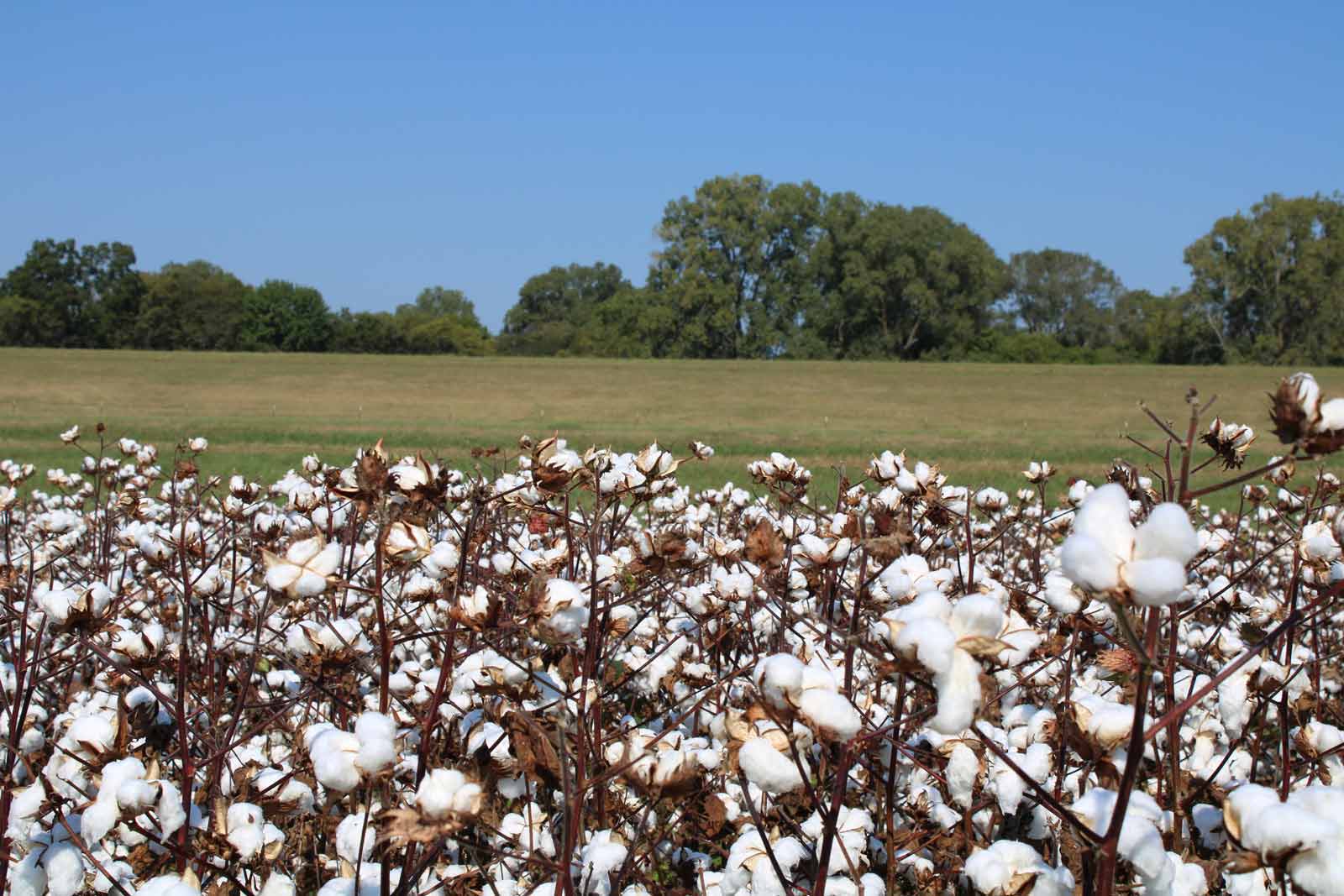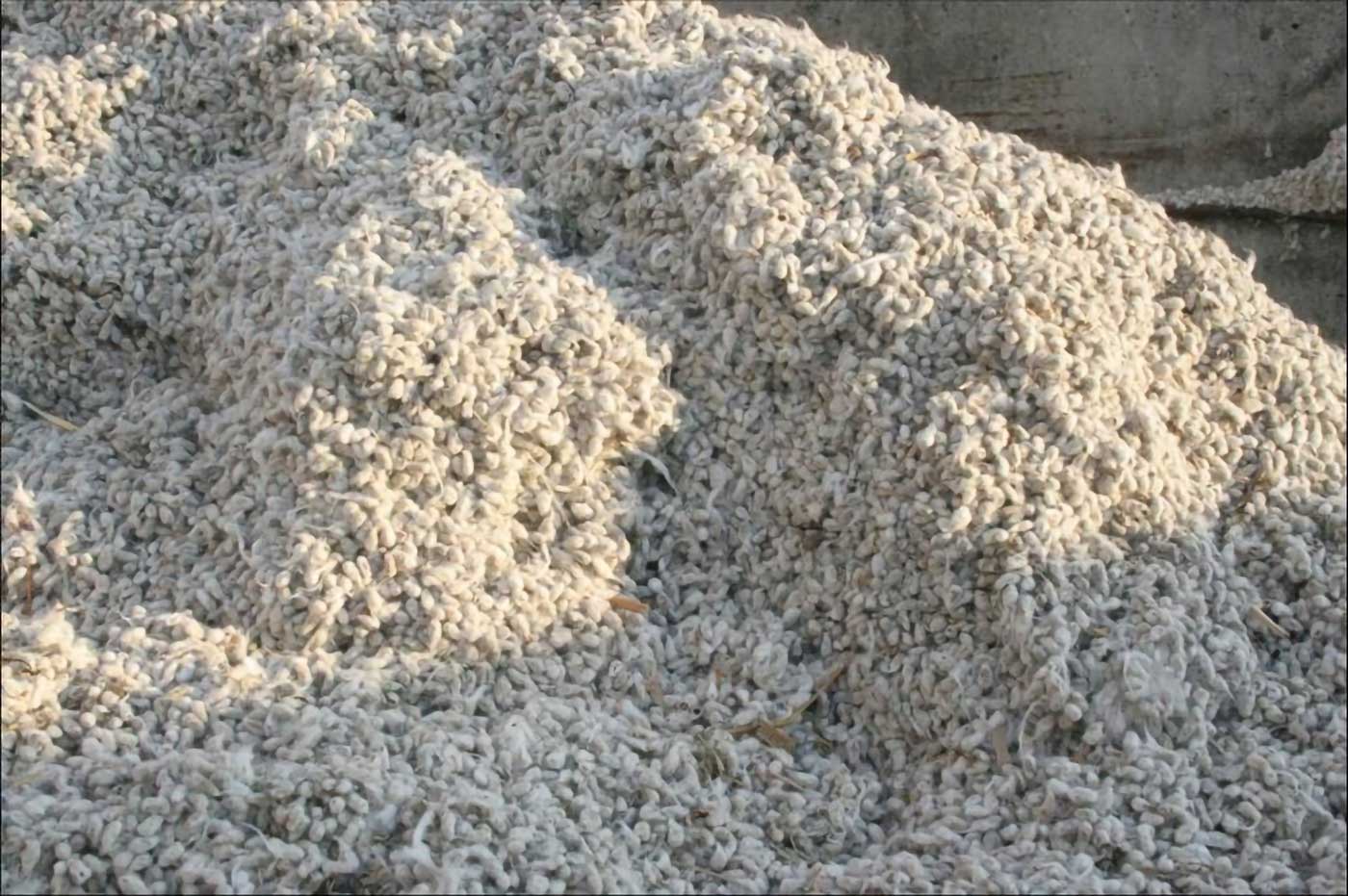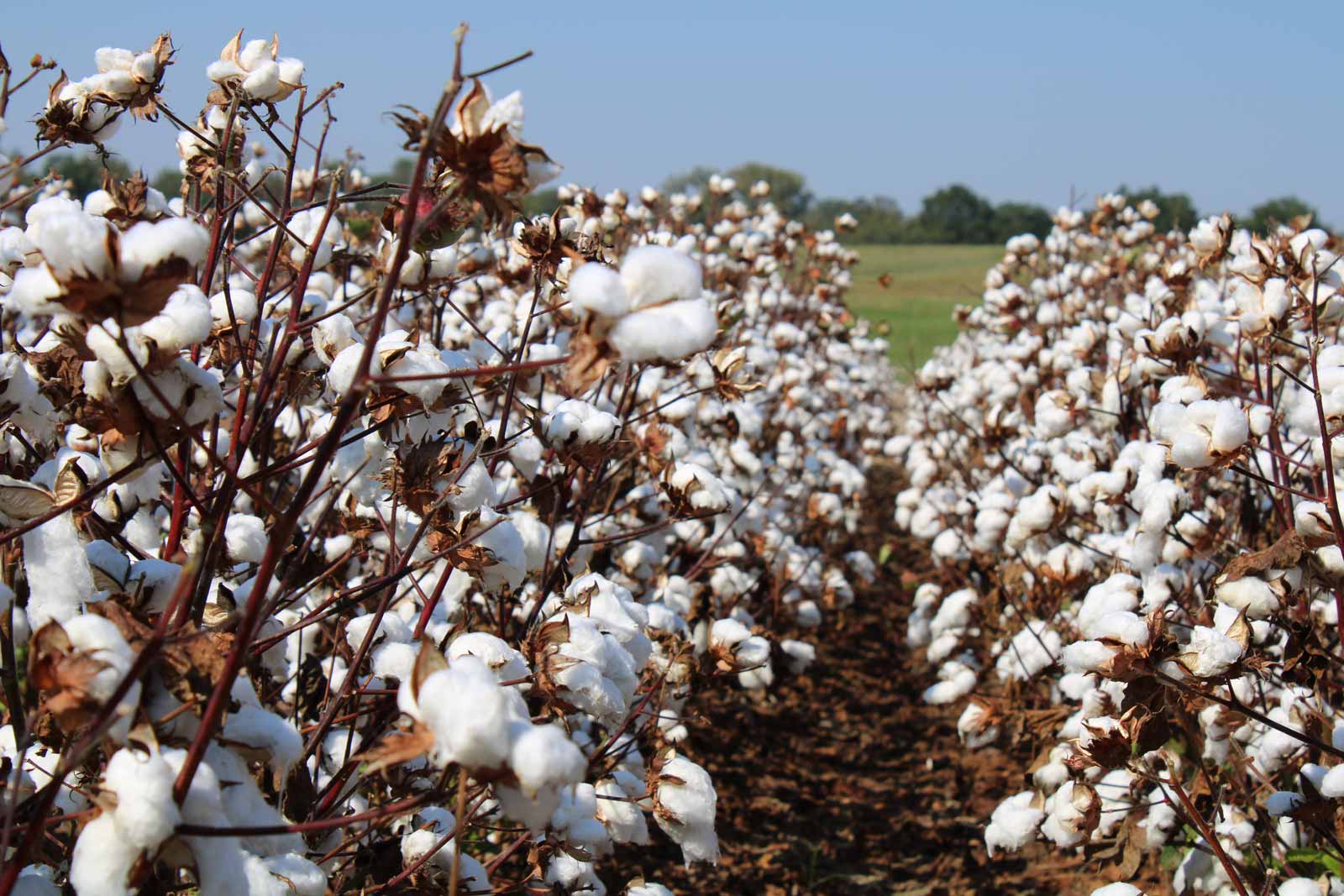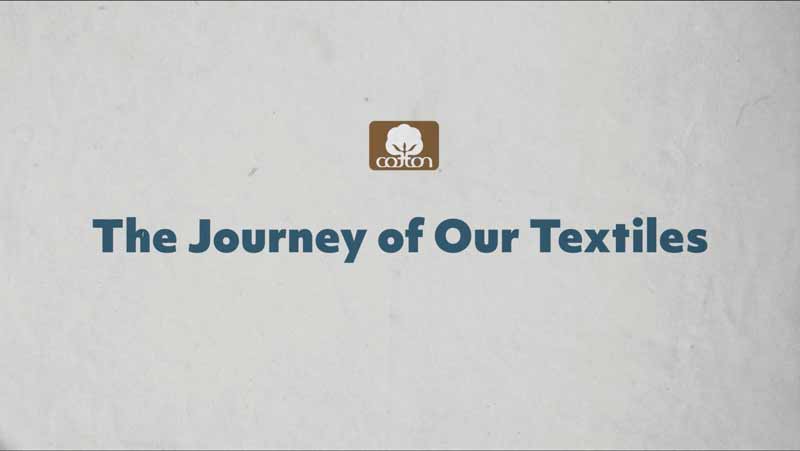- Sustainability surged in 2024: U.S. cotton growers embraced precision agriculture and regenerative practices, cutting environmental impacts and aligning with consumer demand for eco-friendly products.
- Tackling plastic pollution: Groundbreaking research spotlighted cotton’s biodegradability advantages over synthetics, reinforcing its role in reducing microfiber and macroplastic waste.
- Climate benefits of cotton: Studies revealed cotton’s carbon sequestration potential and rapid biodegradation, highlighting its critical role in circularity and climate-smart solutions.
- Fighting misinformation: Cotton Incorporated provided science-backed resources to counter myths about cotton’s environmental impact, promoting transparency and informed decision-making.
2024 was a year of dynamic change for the cotton industry, presenting both challenges and opportunities. From market fluctuations and extreme weather to evolving regulations and consumer preferences, the landscape has demanded resilience, adaptability, and a laser focus on sustainability. At Cotton Incorporated, we collaborated closely with growers, brands, and retailers, leveraging our research and expertise to navigate these complexities and forge a path toward a thriving future for U.S. cotton. This year’s research collaborations with leading experts, culminating in our 2024 Cotton Sustainability Summit, yielded invaluable insights. Let’s explore some of the key learnings from last year and the path forward for the cotton industry.
Sustainability Takes Center Stage
Sustainability became a core business principle in 2024. In March we participated in the Sourcing Journal Sustainability Summit in New York City, where Dr. Jesse Daystar, vice president & chief sustainability officers, and Mary Ankeny, vice president of product development & implementation operations, joined Sourcing Journal’s editor-in-chief Peter Sadera in a panel discussion.
The conversation detailed how natural fibers like cotton come out ahead due to their biodegradability and compostability, leading to a lower impact end of life. The panel also discussed how cotton lends itself to textile-to-textile recycling, as well as how Cotton Incorporated has developed a process that transforms cotton into glucose that can then become the building block for fuel, bio-based chemicals, and more.
In the field, growers embraced sustainable practices with increasing enthusiasm, recognizing the long-term economic and environmental advantages. This builds upon decades of progress: U.S. cotton production has significantly reduced its environmental footprint, including improving land use (30%), soil erosion (down 45%), improving irrigation water efficiency (58%), energy use (down 31%), and greenhouse gas emissions (down 25%).1 In collaboration with cotton growers, we conducted a Natural Resource Survey in 2023, and the results were evaluated and published in 2024. Over the years, we have seen an exciting acceleration in the adoption of precision agriculture and regenerative practices, empowering growers to mitigate climate risks and optimize resource use. Data-driven decisions, using tools like soil sampling and moisture monitoring, are becoming the new normal.
Urgency of Addressing Plastic Pollution
The global plastic treaty negotiations and rising public awareness brought the issue of plastic pollution into sharp focus in 2024. Our research with other leading researchers, recently published a groundbreaking study in Nature Communications, highlighted the apparel industry’s significant contribution to this crisis, with synthetic clothing generating an estimated 7.4 million metric tons of macroplastic waste annually.2 To help combat plastic pollution, Cotton Incorporated has actively participated in developing the ISO circularity standard and contributed to the Higg Index cotton expert working group, underscoring our commitment to responsible material choices.
Dive deeper into our research:
- Topline report: Plastic leakage assessment of the global apparel industry
- The global apparel industry is a significant yet overlooked source of plastic leakage
Cotton’s Climate Advantage: Sequestration, Biodegradability & Circularity
Cotton offers significant climate benefits through carbon sequestration, biodegradability, and inherent circularity. Our research study conducted with the Cotton Research and Development Corporation (CRDC) of Australia and North Carolina State University revealed cotton’s remarkable climate benefit potential. Cotton acts as a carbon sink, sequestering atmospheric CO₂ and storing biogenic carbon in its fibers, stalks, and roots. The dynamic LCA study of cotton woven pants demonstrated a 22% climate benefit over 10 years thanks to this carbon storage.3
This positive impact is further amplified by cotton’s biodegradability. While cellulose-based fabrics like cotton may shed more microfibers during laundering than synthetics, these microfibers readily biodegrade in wastewater treatment, unlike the persistent microplastics from polyester.4 Our ongoing research with North Carolina State University has shown that cotton samples can degrade over 60% in under 20 days, with some reaching up to 85% degradation within 100 days—a rate exceeding even the decomposition of an oak leaf.5 Recent findings indicate cotton biodegrades as quickly as, or even faster than, toilet paper, while polypropylene exhibits no discernible degradation.3
Explore the science behind cotton’s climate benefits:
- Evaluating Cotton Apparel with Dynamic Life Cycle Assessment: The Climate Benefits of Temporary Biogenic CarbonStorage
- Aquatic Aerobic Biodegradation of Commonly Flushed Materials in Aerobic Wastewater Treatment Plant Solids, Seawater, and Lakewater
Combating Misinformation
Addressing misconceptions about cotton remains a critical priority. Inaccurate claims regarding water, fertilizer, and pesticide use, often propagated to promote alternative fibers, require ongoing correction. Cotton Incorporated provides scientifically sound information through resources on our CottonToday website:
- Fabric Fact or Fiction: Unraveling the Myths Related to Cotton Cultivation through Scientific Research
- Comparing Conventional & Organic Cotton Production
- Water & Cotton Production
- Pesticides & Cotton Production
- Land Use & Cotton Production
A Look Ahead
In 2025, the fashion industry will face mounting pressure to adapt to climate change through innovation and collaboration. Practices like drought-resistant cotton, water-efficient irrigation, and regenerative agriculture will gain traction, supported by precision tools and financial incentives. Supply chain transparency, driven by blockchain and traceability systems, will build consumer trust, while advancements in cotton recycling and biodegradable materials will support circularity. Proactive communication and investment in R&D, from resilient cotton varieties to closed-loop recycling, will be essential for progress and combating misinformation.
As we enter 2025, we reflect on the challenges and progress of the past year with optimism for the future of the U.S. cotton industry. Cotton’s inherent resilience, paired with continuous innovation and an unwavering commitment to sustainability, positions it for ongoing growth. The challenges of 2024 underscored the vital role of Cotton Incorporated in driving industry progress. We remain dedicated to fostering collaboration and innovation across the value chain to secure a thriving future for U.S. cotton. We also extend our heartfelt gratitude to the researchers and authors whose contributions in 2024 have significantly advanced our understanding of cotton sustainability and laid the groundwork for continued success.
[1] Bayramova, J., Pires, S., Barnes, E., Morgan, G., Kurtz, R., and Daystar, J. (2024). “Sustainable cotton farming trends: Leveraging natural resource survey insights for U.S. cotton production,” BioResources, 19(4), 7279–7319. Link
[2] Kounina, A., Daystar, J., Chalumeau, S., Devine, J., Geyer, R. Pires, S., Uday Sonar, S., Venditti, R., Boucher, J. (2024). The global apparel industry is a significant yet overlooked source of plastic leakage. Link
[3] Pires et al. (2024). “Evaluating Cotton Apparel with Dynamic Life Cycle Assessment: The Climate Benefits of Temporary Biogenic Carbon Storage,” Bio Resources 19(3), 5074-5095. Link
[4] Marielis C. Zambrano et al. (2019). Microfibers Generated from the Laundering of Cotton, Rayon and Polyester Based Fabrics and Their Aquatic Biodegradation. Marine Pollution Bulletin 142, 394-407. Link
[5] Zambrano, M. C., Pawlak, J. J., Daystar, J., Ankeny, M., & Venditti, R. A. (2021). Impact of dyes and finishes on the aquatic biodegradability of cotton textile fibers and microfibers released on laundering clothes: Correlations between enzyme adsorption and activity and biodegradation rates. Marine Pollution Bulletin, 165(January), 112030. Link



